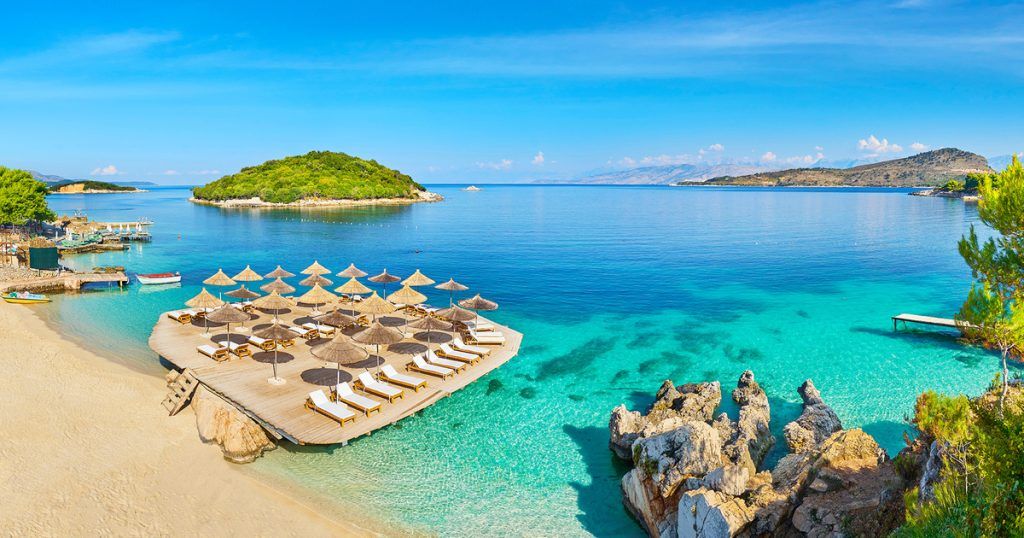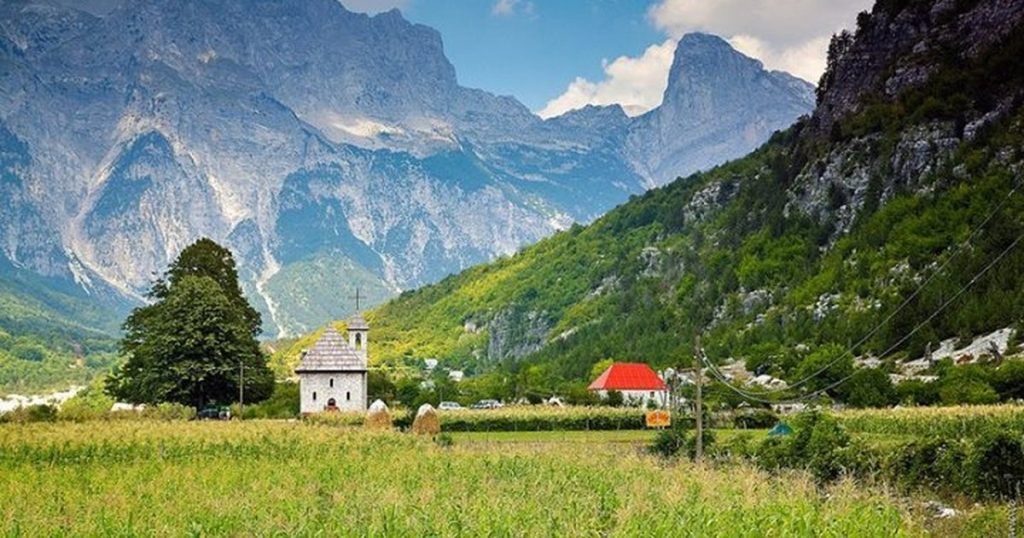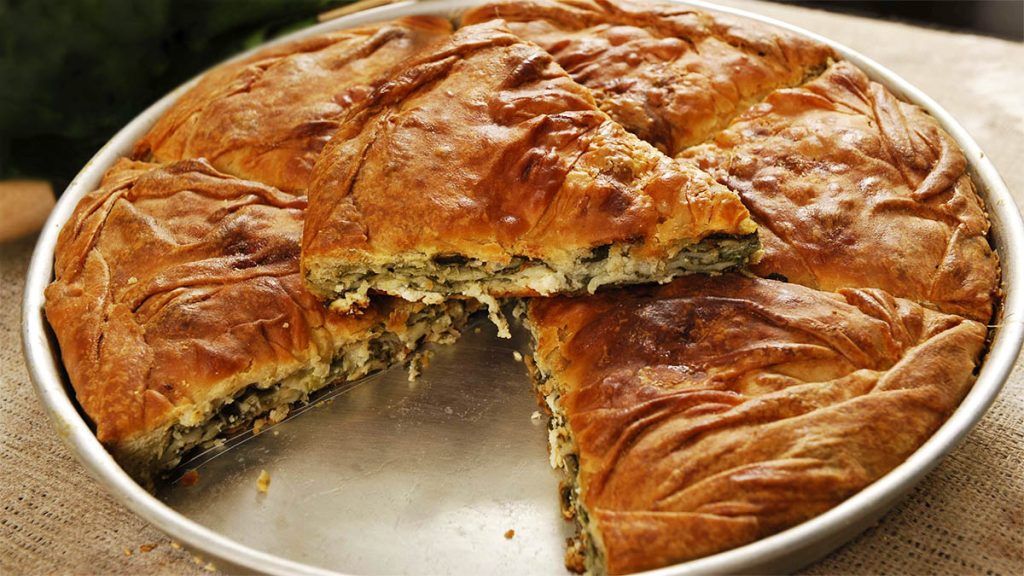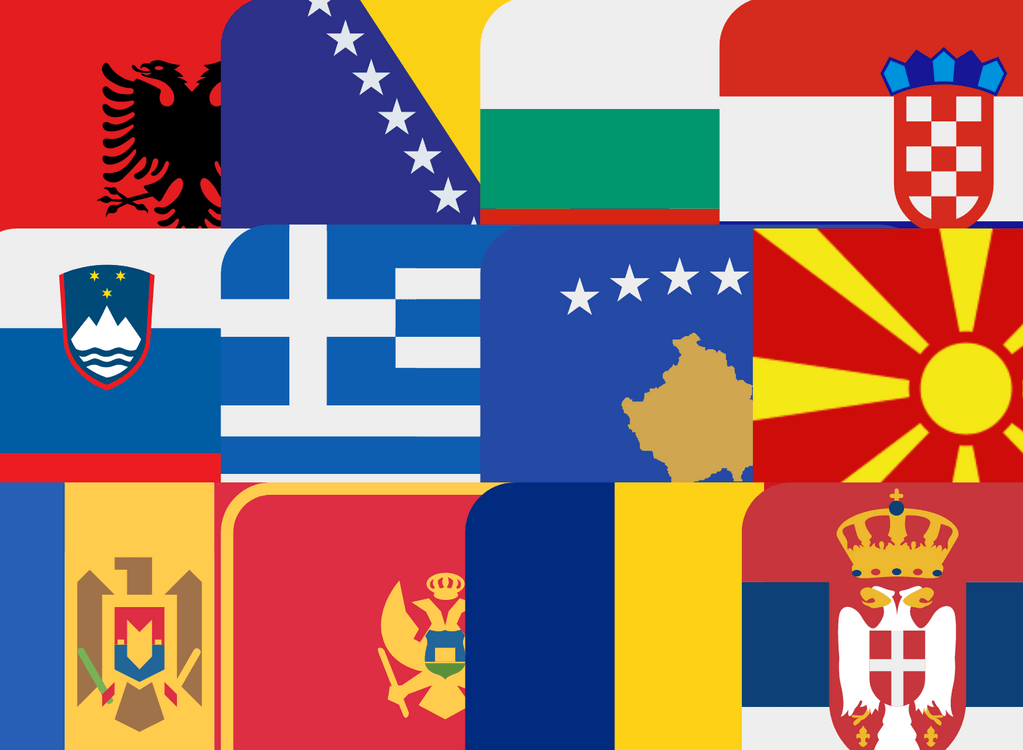Beaches of Albania: Discovering the Albanian Riviera
Albania has emerged as one of the most attractive destinations in the Mediterranean thanks to its impressive coastline. The Albanian Riviera, which extends along the southern coast of the country, is famous for its beaches of crystal clear waters and virgin landscapes that still retain an authentic and little massive character. Known as “the hidden gem of the Mediterranean”, this region is increasingly popular among travelers looking for an alternative to traditional tourist destinations.

The Albanian beaches offer a unique experience, combining tranquility and natural beauty. Kakome Beach and Gjipe Beach are perfect examples of this, with turquoise waters and white sands surrounded by imposing cliffs. These beaches, often only accessible on foot or by boat, provide a perfect refuge for those who want to escape the hustle and bustle and immerse themselves in an intact natural environment.
The trip through the Albanian Riviera is in itself an adventure, with the SH8 coastal road offering spectacular views of the sea and the mountains. Although road conditions can be challenging, especially in the most rural stretches, the reward is to reach beaches and coves that remain relatively unexplored.
The best time to visit these beaches is during spring and autumn, when temperatures are pleasant and the influx of tourists is lower. During the summer, although busier, the Riviera remains an attractive destination, with beaches that offer both modern comforts and a feeling of isolation.
Albania, with its coastal landscapes still preserved from mass tourism, promises unforgettable experiences for sun and sea lovers, making the Albanian Riviera an essential destination for Mediterranean explorers.
Mountains and Hiking: Adventures in the Albanian Alps
Albania is not only known for its beaches; its mountainous interior offers some of the best hiking experiences in Europe. The Albanian Alps, known locally as the Cursed Mountains, extend along the north of the country and are a paradise for adventurers. With peaks that exceed 2,500 meters, deep valleys and an impressive biodiversity, this destination is ideal for those looking for close contact with nature and the challenge of demanding routes.
Theth National Park is one of the main starting points for exploring the Albanian Alps. This small and picturesque village, surrounded by steep mountains, is the gateway to hiking trails that offer spectacular views and the opportunity to discover waterfalls, crystal clear rivers and dense forests. One of the most popular trails is the one that connects Theth with Valbona, another natural jewel of the country. This tour, which takes about six hours, crosses impressive mountainous landscapes and is considered one of the best in the Balkans.
In addition to Theth and Valbona, Mount Korab, the highest peak in Albania, offers an unforgettable experience for the most experienced climbers. This mountain, which is located on the border between Albania and North Macedonia, is a challenge even for the most prepared hikers, but the views from the top, which span several countries, make the effort worth it.
The region is not only attractive for its landscapes, but also for its cultural authenticity. Albanian villages in the mountains preserve ancestral traditions, and visitors can experience local hospitality, with homemade meals and stays in cozy guest houses. In addition, in the mountains it is possible to find local products such as mountain cheese and rakia, a typical brandy, which are an essential part of the hiking experience in Albania.
The best time to explore the Albanian Alps is from late spring to early autumn, when weather conditions are more favorable. In winter, the mountains are covered with snow and become a destination for ski lovers and winter mountaineering.
This wild and remote environment of Albania offers an authentic and challenging hiking experience, where each step reveals a more impressive landscape than the previous one, and where nature and culture merge to create an unforgettable adventure.

History and Culture: Journey through the Heritage Treasures of Albania
Albania is a country with a rich and complex history that is reflected in its architecture, archaeological sites and customs. With a history spanning more than two thousand years, this Balkan country has been influenced by various civilizations, from the ancient Greeks and Romans to the Ottomans and Communists of the 20th century. These cultural legacies have left an indelible mark on the Albanian landscape and identity, making Albania a fascinating destination for lovers of history and culture.
One of the most emblematic sites in Albania is Butrinto, an ancient Greco-Roman city declared a World Heritage Site by UNESCO. Located in the south of the country, near the border with Greece, Butrinto offers a window to the past with its well-preserved ruins of theaters, temples and public baths. This site is not only significant for its ancient structures, but also for its natural environment, which includes a lake and a national park that is home to great biodiversity.
Another site of great historical importance is Gjirokastra, known as the “stone city”. This city is also a World Heritage Site and stands out for its Ottoman architecture, with stone houses and slate roofs that have remained practically intact since the 19th century. Gjirokastra is also the birthplace of the famous Albanian writer Ismail Kadare, and his house has been converted into a museum that visitors can explore. The imposing Gjirokastra Castle, which dominates the city, houses a weapons museum and offers panoramic views of the surrounding valley.
Berat, known as the “city of a thousand windows”, is another cultural treasure that cannot be overlooked. This city, with its combination of Ottoman and Byzantine architecture, is a reflection of the cultural diversity of Albania. The white houses, with their large windows lined up on the hill, create an iconic image. In Berat, the castle that crowns the city is still inhabited, and within its walls there are churches, mosques and the Onufri Museum, which houses a valuable collection of religious icons.
In addition to these historical sites, Albania has a vibrant popular culture, influenced by its Balkan roots. Folk music, traditional dances and local festivities are an integral part of life in Albanian villages and cities. These events are an excellent opportunity for visitors to experience first-hand Albanian hospitality and its cultural pride.
The history and culture of Albania are fascinating not only for their diversity, but also for the way they have resisted and evolved over the centuries. From the ancient ruins of Butrinto to the historic cities of Gjirokastra and Berat, Albania offers a cultural wealth that captivates and educates visitors.
Gastronomy and Wine: Flavors that Define Albania
The gastronomy of Albania is a reflection of its cultural and geographical diversity, influenced by the culinary traditions of the Balkans, the Mediterranean and the civilizations that have passed through this land over the centuries. Albanian cuisine is rich in flavors and is based on fresh and local ingredients, offering an authentic culinary experience that captivates everyone who tries it.
Lunch is the main meal of the day in Albania, and usually includes a variety of dishes that show the richness of local cuisine. One of the most emblematic dishes is byrek, a kind of savory cake made with layers of filo dough filled with ingredients such as spinach, feta cheese or minced meat. This dish is very popular and can be found in almost all regions of the country.
Another traditional dish is tavë kosi, a lamb stew cooked with yogurt and eggs, which is baked until it obtains a creamy texture and a slightly acidic flavor. This dish is a specialty of the Elbasan region and is considered one of the most representative of Albanian cuisine. In addition, grilled meat, known as qofte, and fresh fish from the coast are also an essential part of the local diet.
The Mediterranean influence is evident in the abundant use of olive oil, fresh vegetables and aromatic herbs such as oregano and rosemary. Salads, always fresh and colorful, accompany most meals, and bread, often homemade, is an indispensable element on the Albanian table.
As for drinks, Albania has a winemaking tradition that goes back to antiquity. Albanian vineyards produce high-quality red and white wines, although they are still relatively unknown outside the country. Shesh i Bardhë and Shesh i Zi are two of the best-known grape varieties, used to produce wines that capture the unique flavors of the Albanian terroir. In addition, rakia, a grape or plum brandy, is the traditional spirit drink and is commonly served as an appetizer or digestive.
The country also produces excellent cheeses, especially in mountainous areas, where the climate and geography are ideal for cattle breeding. Kaçkavall, a sheep’s or cow’s milk cheese, is one of the most popular and is consumed in various ways, from accompanying salads to as an ingredient in cooked dishes.
Albanian gastronomy is a delicious manifestation of its history and culture, offering visitors a rich and varied culinary experience. From the mountains to the coast, each region has its specialties, all of them based on fresh and local products that reflect the generosity of the Albanian land.

This gastronomic journey through Albania is the perfect complement for those who want to know the country not only through its history and landscapes, but also through its unique and authentic flavors.
Here some places to visit in Albania in your next trip.

